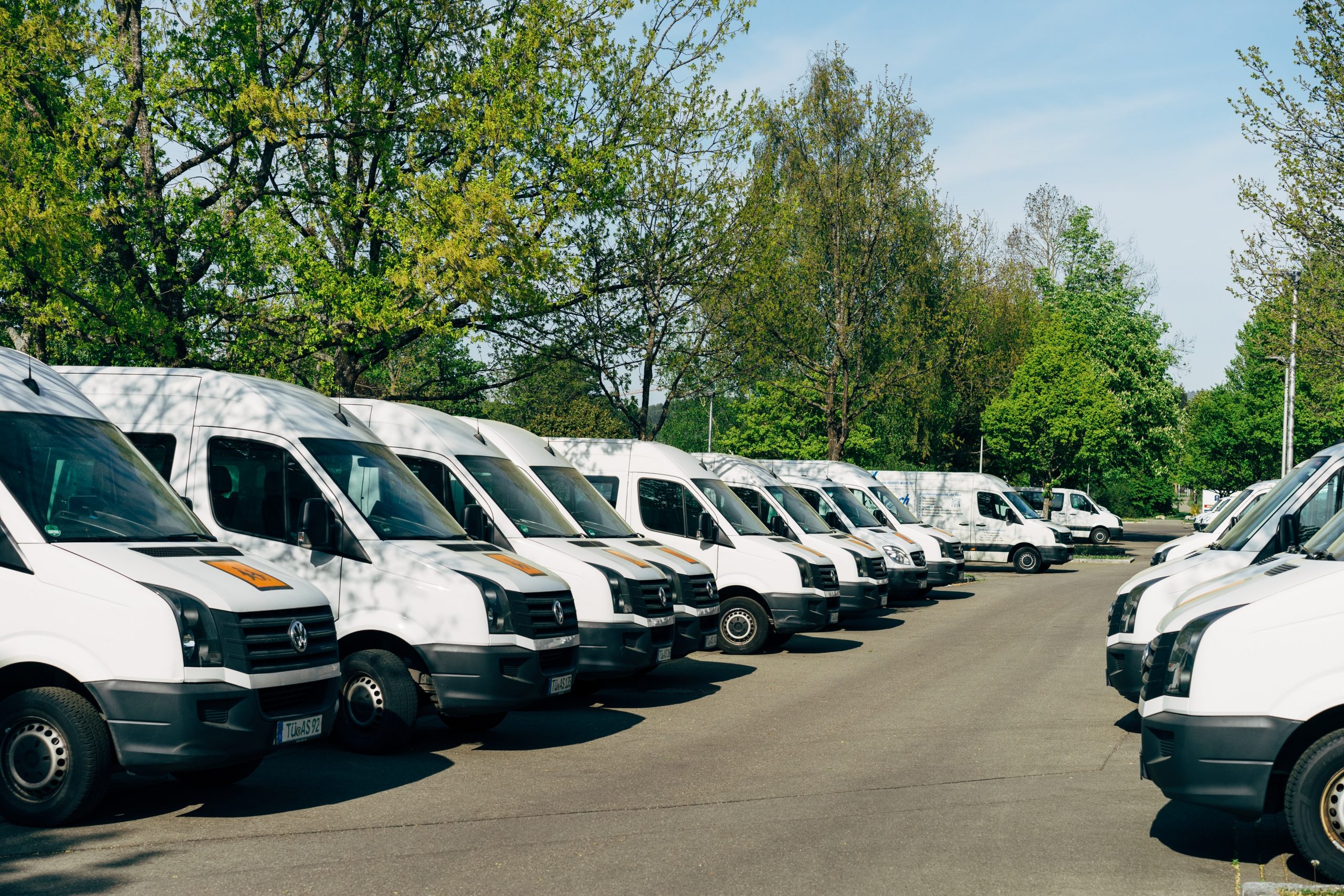When an employer provides their employees with company vehicles for private use, the tax treatment varies significantly, depending on whether the vehicle is classed as a car or a van. The Employment Tax experts at PKF Smith Cooper explain the differences in taxation and advise employers on their next steps.

Generally, vans are treated more favourably than cars from a tax perspective. However, determining whether a vehicle is a car or a van for tax purposes is not always as simple as it may sound.
This was evidenced in a tribunal case involving Coca-Cola, where the Court of Appeal (CA) ruled that three similar modified multipurpose vehicles (crew-cabs) provided by Coca-Cola to their employees were actually cars.
Different tax treatments of cars and vans
The tax treatment of a van is more beneficial from both an employer and employee perspective:
VAT
Input VAT cannot be reclaimed on the purchase of a car, but it is reclaimable on the purchase of commercial vehicles including vans.
Benefit in Kind
Whilst cars have variable tax rates based on CO2 emissions, a Benefit in Kind (BIK) charge on vans and other light commercial vehicles, such as pick-up trucks and SUV-based commercial vehicles, is determined at a flat rate.
The current BIK tax rate for light commercial vehicles treated as vans is £3,960 for the 2023/24 tax year, and is multiplied by the rate of income tax paid by the employee, meaning a 20% taxpayer would be liable for £792 tax.
If a van is solely used for work purposes, HMRC sees this as having no discernible BIK meaning there is no tax to pay. This includes ‘insignificant private use’, such as making a one-off visit to a medical appointment during working hours. However, any journeys out of working hours which are solely for private purposes could create a taxable van benefit. Employers should ensure they have relevant policies and records in place to monitor use of the vehicle, or van benefit will be ‘assumed’ by HMRC.
Many employers have started introducing electric vans to their vehicle fleet as the BIK charge relating to wholly electric vans currently is nil. Find out more about the tax treatment of electric vehicles in our FAQ article.
What is a van?
In legislation, a van is defined as:
- A vehicle primarily constructed for the conveyance of goods or burden of any description
- A gross vehicle weight – fully laden – not exceeding 3,500kg
There are some grey areas when it comes to defining a van though, particularly in relation to multipurpose vehicles, such as double-cab passenger vans with a second row of seats behind the front row. This is demonstrated in the long-running Coca-Cola tribunal cases.
HMRC v Coca-Cola (UKUT 9990 (TCC))
In the HMRC v Coca-Cola case, the CA ruled that two Volkswagen Transporter Kombi models and Vauxhall Vivaro were cars. In the earlier ruling, the Vauxhall Vivaro was judged to be a van by a ‘fine’ margin.
The vehicles, provided by Coca-Cola to their employees, look very similar from the outside, and had both been treated by Coca-Cola as vans.
Both vehicles are based on a panel van design and marketed as commercial vehicles, but have additional seating and windows behind the driver. Both had been subject to modifications after manufacture, as requested by Coco-Cola.
The fact that the vans had a second row of seats behind the driver, meant it could be considered to be equally suitable for carrying goods or passengers, and consequently not ‘primarily constructed for the conveyance of goods’. This fine margin meant the vehicles were not ‘van-like’ enough and would instead be classed as a car.
The CA also ruled that the term ‘construction’ should refer to the condition of the vehicle after modifications and the state it was provided to the employee, rather than after manufacture.
The CA decision is in line with HMRC guidance, which states that for a vehicle to be treated as a van, it must be primarily suited for conveyance of goods or burden of any description. The guidance also states that a vehicle with side windows behind the driver and passenger doors is unlikely to meet the definition of a van, as is a vehicle that is fitted or capable of being fitted with additional seating.
Land rover Defender Station Wagons
Specific guidance has already been released by HMRC confirming they have always considered these vehicles to be cars for tax purposes.
Guidance
There have previously been calls from leading tax officials for HMRC to make the guidance clearer, and they have since updated their employment income manuals to reflect the outcome of case law. However, inevitably, this does not cover every circumstance that may arise.
In addition, HMRC has been seeking to raise awareness of how vehicles should be classified for BIK purposes and provided an update within their April 2023 Employer Bulletin, reiterating the meaning of construction for BIK purposes and the importance of establishing the suitability of the vehicle to ascertain whether a van or car BIK arises.
What should employers do?
If you are an employer who provides multipurpose company vehicles to your employees for private use, you should be aware of the potential risk involved. You will need to take your decisions into account when preparing P11D calculations for the tax 2023/24 tax year onwards.
There may also be historic liabilities for you to consider if any similar crew-cab vehicles were made available to your employees for private use in the past. The ruling and HMRC guidance should also be considered with any potential purchase of similar crew-cabs.
If you would like more advice on the tax implications of company vehicles, please do not hesitate to get in touch with our Employment Tax specialists today.




